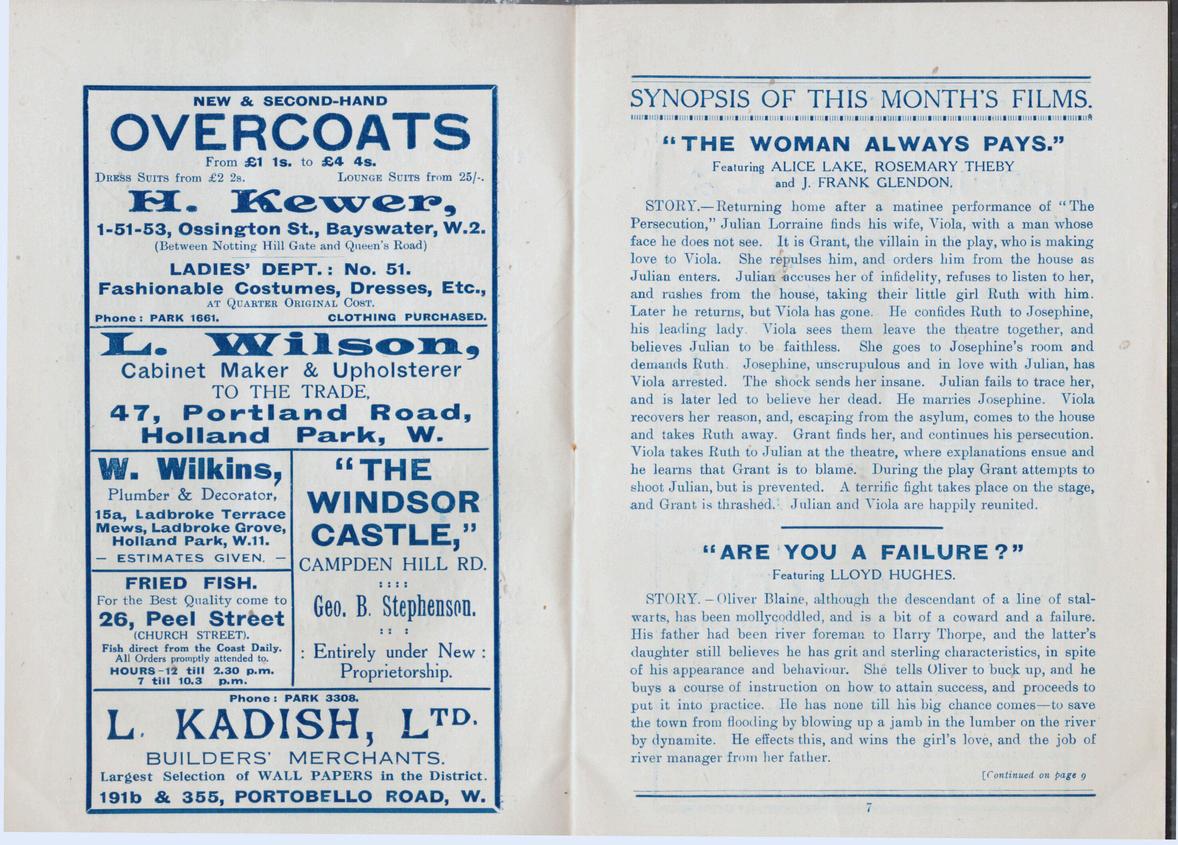

S U M M E R 2 0 2 5



S U M M E R 2 0 2 5
Welcome to the fifth edition of our Friends’ Newsletter, a special behind-the-scenes peek created just for you, our closest supporters Each edition is designed to bring you closer to the heart of The Coronet, sharing the stories, ideas and artistic journeys that inspire our bold international performances
As one of our Friends (or beyond!), you enjoy unique opportunities to be part of our world, from invitations to season launches and supporters’ nights to meeting our artists and hearing about their work firsthand
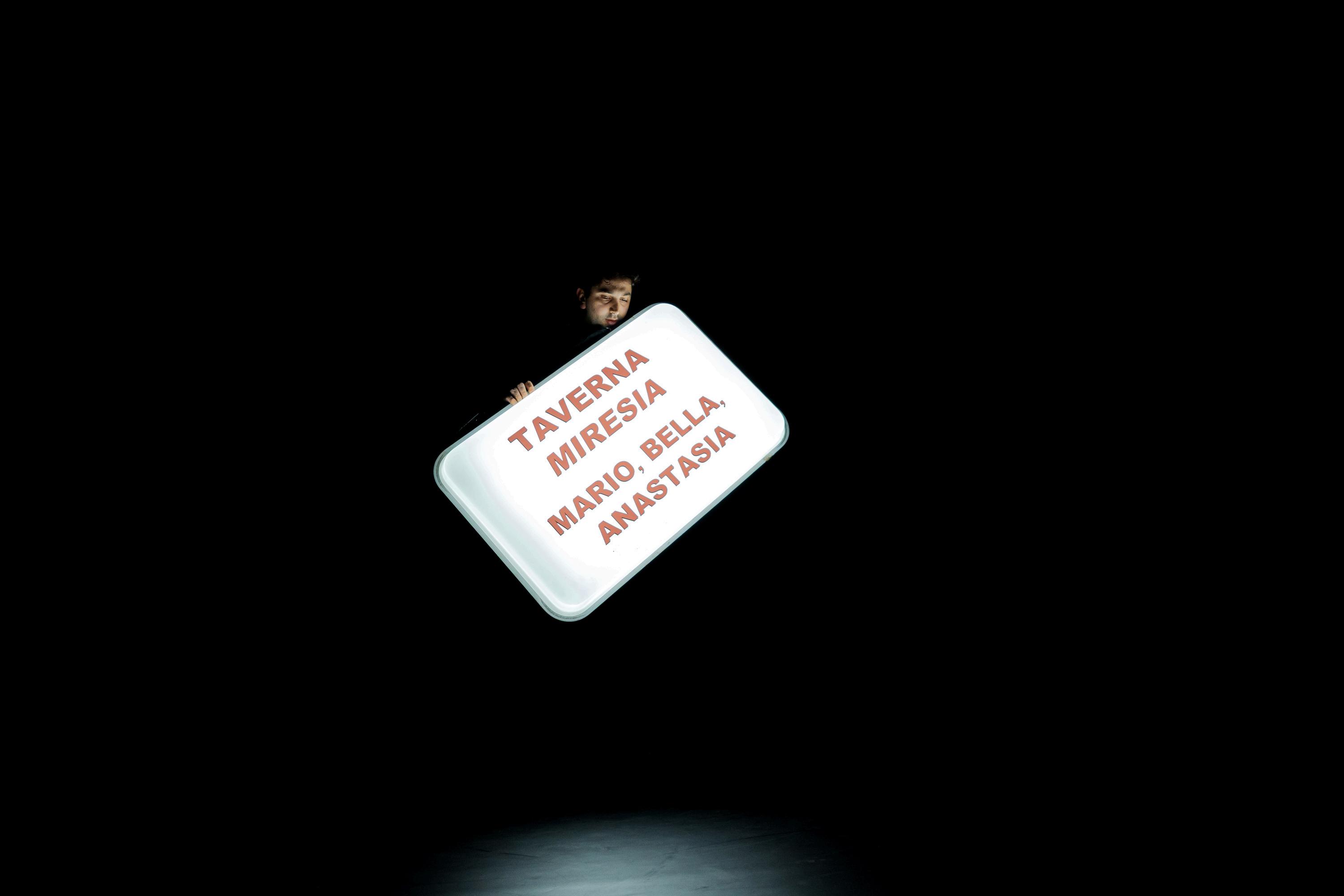
In this edition, we look back at some of the extraordinary voices which shaped our Spring/Summer 2025 season, including performer Chryssi Vidalaki (Taverna Miresia: Mario Bella Anastasia) and director Satoshi Miyagi (Medea)
Looking ahead, we will take you inside the creative process of Autumn/Winter 2025 with an exclusive glimpse into Deciphers from choreographers Naishi Wang and Jean Abreu You will also discover how Joburg Ballet will be joining us for a series of inspiring dance workshops during William Kentridge and Handspring Puppet Companies’ Faustus in Africa!


On working with Mario Banushi and performing Taverna Miresia: Mario Bella Anastasia
Chryssi Vidalaki’s journey to being a part of Taverna Miresia is not a conventional story
I first encountered Mario Banushi not in a rehearsal room, but across the courtyard of a public school in Athens I was teaching social, political, and economic sciences; his sister, Christina “Bella” from Taverna Miresia, Mario, Bella, Anastasia was one of my students Mario, then a younger pupil at the adjacent school, would watch our classes from afar. One day, he asked:
"Miss, are you an actress? I want to become an actor too."
"Then become one, " I replied.
At the time, I was not only a teacher but also an active theatre performer I often used performative tools in my teaching improvisation, role-play, embodied dialogue to awaken learning from within Christina would bring home stories from our classroom, and something in them stayed with Mario
Years later, we met again this time with me on stage at the National Theatre of Greece and Mario in the audience That encounter marked the beginning of our creative connection Then preparing for drama school entrance exams, Mario joined a mixed-age workshop I was facilitating on theatre expression and personal development It was a space that welcomed all teenagers, adults, professionals and nonprofessionals alike bound by a desire to explore, create, and connect through performance
After being accepted into drama school, and throughout his studies, Mario continued to participate in the activities of ‘Theatro sti Sala’ the unconventional stage I created which transforms domestic space into a site of intimate and radical encounter In time, he moved from the role of assistant to that of collaborator and co-creator.
What brought us together was never a formal hierarchy, but rather a mutual recognition of sensibility, of urgency, of the need to make space for vulnerability and vision. For us, theatre was never just a craft. It was, and remains, a shared home.
Chryssi first collaborated with Mario Banushi on RAGADA, which was staged in Chryssi’s home as a part of her theatre company Theatro sti Sala
The performance RAGADA, co-created with Mario Banushi, was not simply presented in my home it was born from it The domestic space did not function as a traditional stage, but as a generative site of performative invention, where bodies, objects, glances, and textures came together to form a landscape of lived memory
Theatro sti Sala (Theatre of the Living Room), the a nonprofit civil company I founded, offered not a stage, but a sensorial and imaginative archive In RAGADA, it was not just movement that emerged, but intimacy, rupture, and maternal storytelling
Mario’s long-term immersion in the aesthetic and methodology of Theatro sti Sala was formative Proximity to the audience, rejection of frontal address, performative minimalism, and lived experience as raw material all of these shaped his directorial voice, which embraces vulnerability, subjectivity, and care.
Crucially, RAGADA made use of the entire house a hallmark of the Sala methodology and marked Mario’s shift from participant in the early workshops to author and director. In RAGADA, we can trace this evolution: from the home as refuge to the stage as kaleidoscope of memory and survival
Mario absorbed the Sala’s philosophy of performance and redefined it not as aesthetic form, but as a call to rethink the body, trauma, and our relation to the Other
Chryssi also found a sense of kinship with The Coronet Theatre and Theatro sti Sala as they both have a sense of intimacy with the audience and a democratic approach to art
I was deeply moved by The Coronet Theatre by its architecture, its atmosphere, and most of all by the people and relationships that inhabit it The space is not merely a stage, but a living organism infused with memory, vulnerability, and potential
During the performances and especially at the premiere and final evening, the proximity to the audience was palpable That closeness resonates with my belief in theatre as an act of co-presence one that requires the spectator to feel, remember, and be exposed, rather than simply observe


Our final play of the Summer 2025 Season was Satoshi Miyagi’s striking reinterpretation of Medea. Set during Japan’s Meiji Era, this version reimagined the classic tale through the lens of traditional gender roles of the time
The story unfolded in a restaurant, where a chorus of men demanded entertainment from the waitresses The men narrate the story, forcing the women to act it out for them This interplay between a “speaker” and a separate “ mover ” is a signature element of the renowned SPAC director Satoshi Miyagi’s theatrical style
Yet, in true Miyagi fashion, the play concluded with a (delightfully) unexpected twist the women rise up and murder all the men who had so brazenly taken advantage of them, a moment that was as shocking as it was darkly satisfying

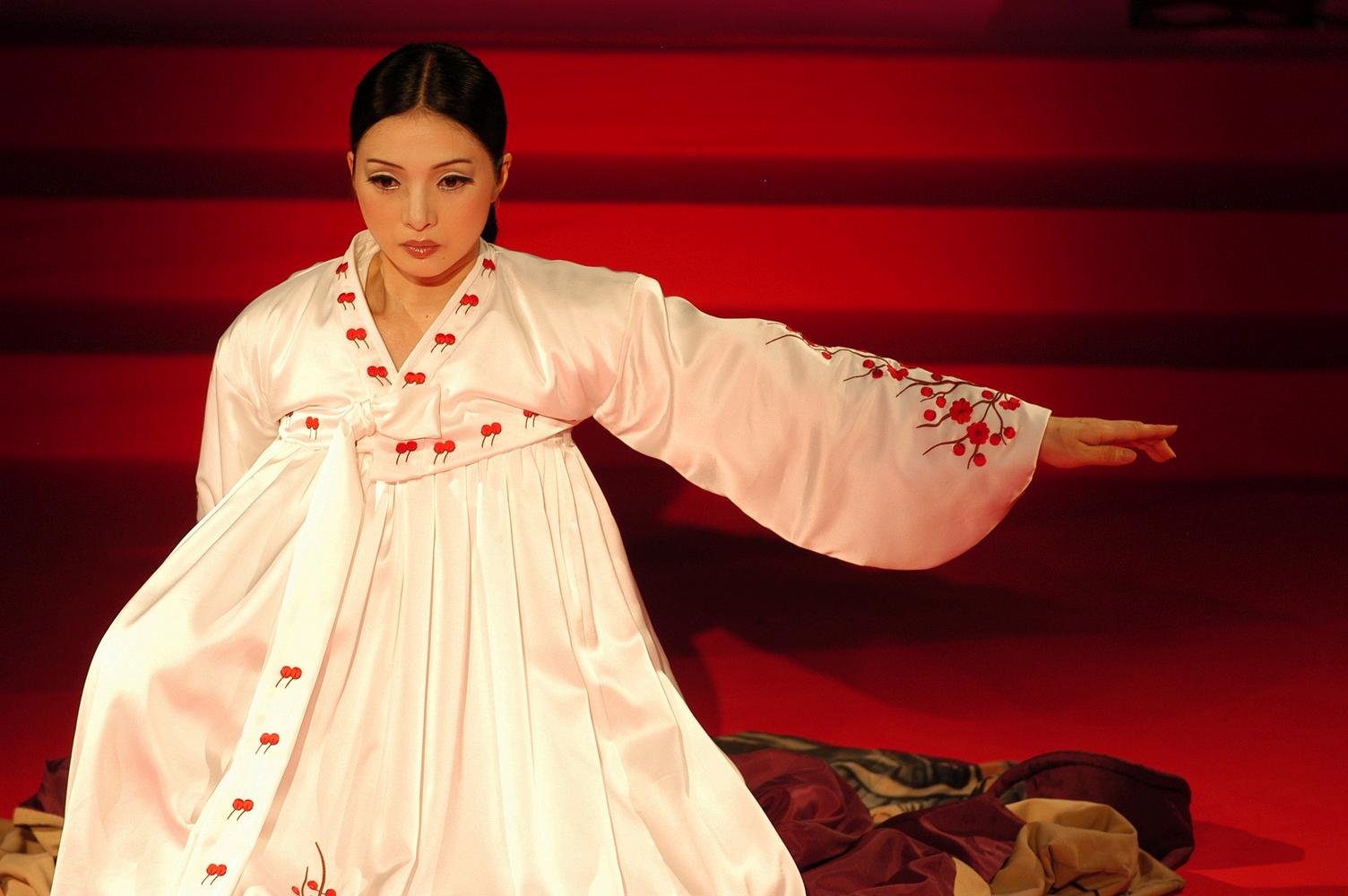




One of the most delightful ascpects of being an international theatre is that we at The Coronet get to experience different theatrical traditions from all over the world
In addition to a rigourous rehearsal schedule (in the middle of one of London’s summer heat waves!) Satoshi Miyagi made sure to keep his usual traditions that he practices in Shizuoka and whenever SPAC is on tour.
During technical set up and rehearsals, Miyagi and a few members of our tech team put a bottle of sake on the balcony. According to Miyagi, ‘We offered sake at the theatre with gratitude, praying for safe performances and the success of the show ’
Miyagi is more commonly recognized for one of his other signature traditions, which is that he greets all audience members upon entry at the door of the theatre
When I started the theater company in 1990, I not only directed the plays but also performed as an actor on stage However, I eventually came to believe that you can’t fully grasp a production unless you watch it from the audience So around 1996, I stopped acting and began focusing solely on directing Since then, I’ve made it a habit to greet the audience at the entrance when the doors open That’s because what makes me happiest is the real, tangible feeling that people are actually coming all the way to the theater just to see our work Even now, I still stand at the door with a sense of wonder, thinking, “Why do they come to see us?!”
However, we think the answer to that is straightforward: SPAC’s excellence. Miyagi’s Medea was a wonderful reimagining, which - while based in the Meiji Era - made the classic tale feel even more timeless.
In addition to this new take on this story, audiences were blown away by the discipline of each move and the demanding physicality required by each performer, but especially of Micari, the actress who inhabited the titular role


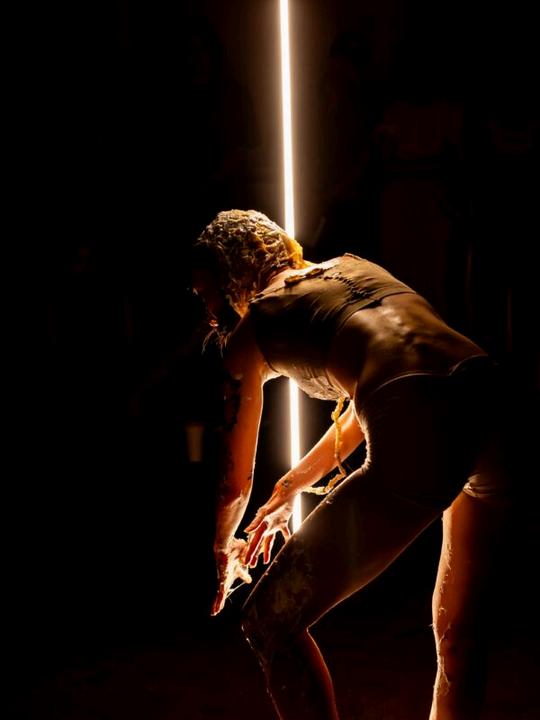



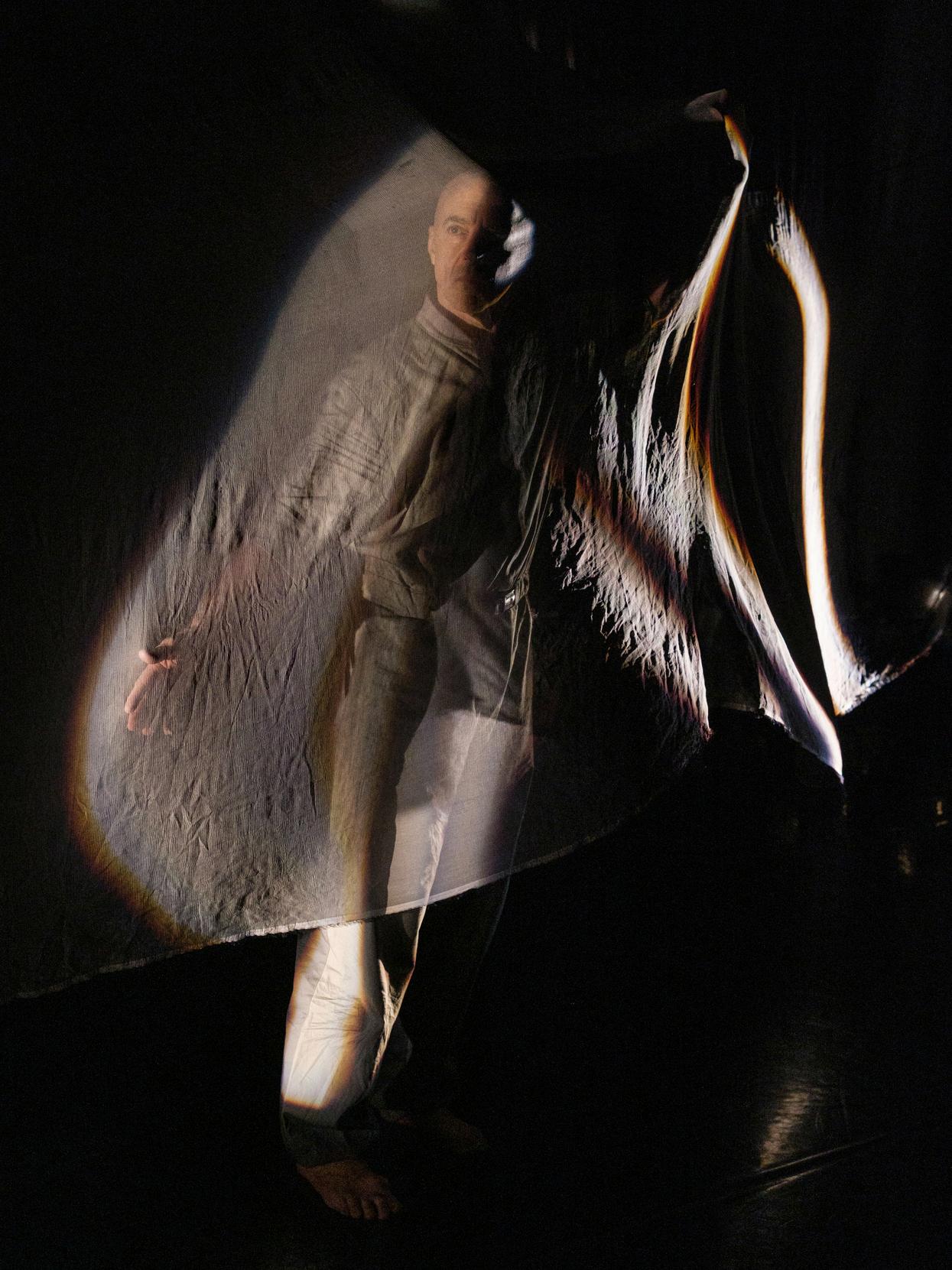


The Coronet’s main theatrical production of Autumn/Winter 2025 will be William Kentridge’s Faustus in Africa!. The production serves as a hub for the mixing of multiple renowned South African artists and companies. William Kentridge, who became a household name in the UK after is 2022 retrospective at the Royal Academy. Kentridge combines his drawings and animations with his 1996 text and direction for this remounting of the play that celebrated South Africa’s new democratic era. Meanwhile, Faustus’ s puppets have been made by the incredible Handspring Puppet Company, known worldwide for their puppets from the National Theatre’s production of War Horse. This productions blends many mediums to create a visually arresting and thematically potent story.





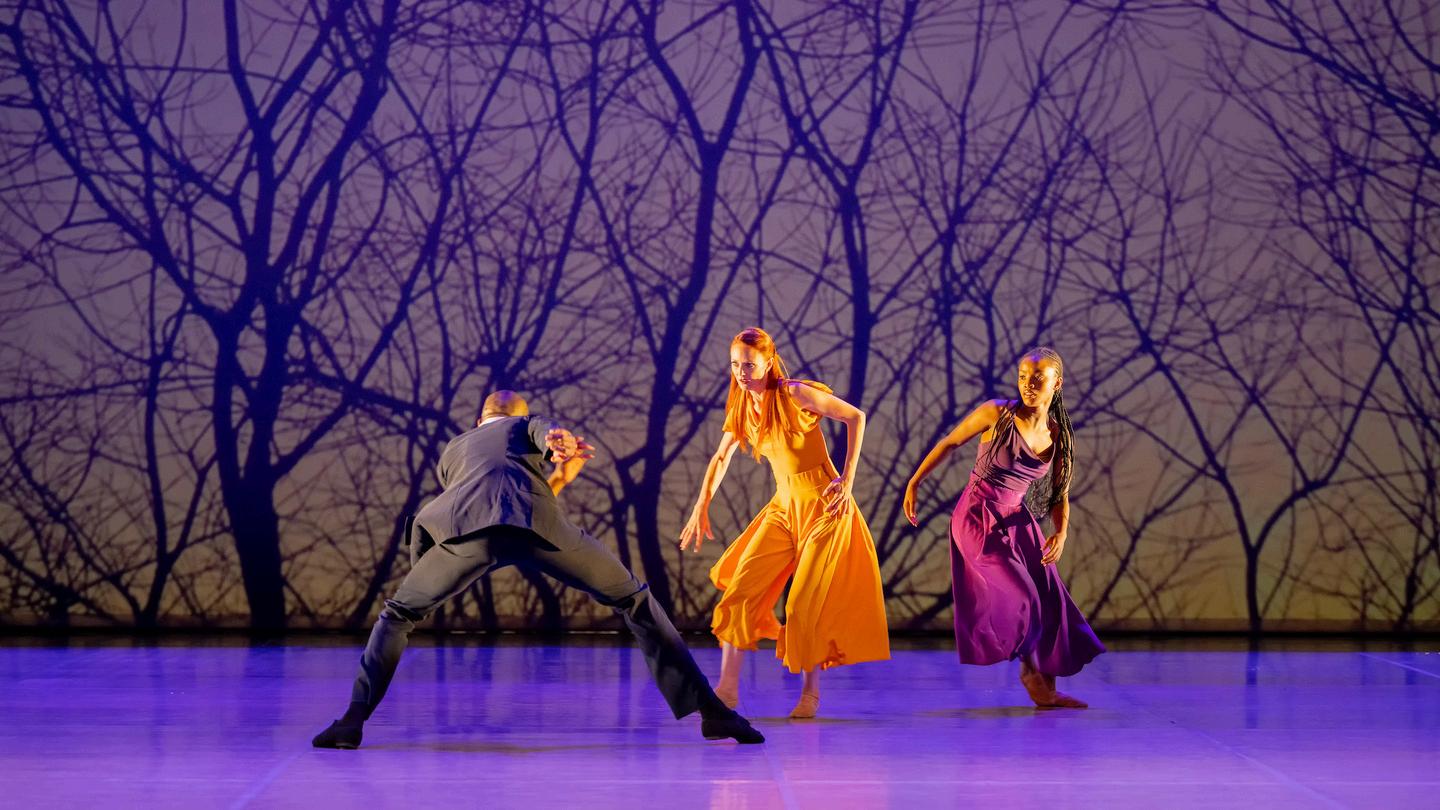


On a Communion of Light at The Royal Opera House and offering dance masterclasses at The Coronet Theatre
Coinciding with Faustus In Africa! will be Joburg Ballet’s mixed programme Communion of Light at the Royal Opera House In anticipation of their performances and our collaboration on offering a series of dance workshops for London students and professionals We decided to ask Elroy Fillis-Bell, the CEO of Joburg Ballet, a few questions to get to know this renowned South African dance company a bit better
What about your upcoming London performances are you and the company most excited for?
Joburg Ballet is truly excited to bring a season to the UK for the first time as we open at the Linbury Theatre this Fall. This is the Company's first international tour since the global pandemic so excitement in the studio is already palpable The invitation from the prestigious Royal Ballet offers us an opportunity to add an African perspective to dance programming in London in a way only Joburg Ballet can We're excited to introduce and showcase our superb dancers to London audiences, while offering a stimulating communion between South African and Mediterranean dance languages and choreographic storytelling We're excited to honour the legacy of the acclaimed, late Dada Masilo, as we also re-introduce London to our newly appointed Artistic Director, Dane Hurst, a familiar name in the UK dance scene
Ballet is notoriously physically challenging, are there additional challenges the dancers face on a tour as opposed to performing at home?
It's an interesting challenge to perform for a completely new city and audience: exhilaration paired with a healthy dose of nerves From a physical perspective, however, taking a long-haul flight (on economy) from Johannesburg will present its own hurdle for the dancers. I anticipate seeing a lot of pliés, développés and splits during layovers and in the plane aisles. Luckily, we ' re coming from a similar time zone, so our dancers won't have to overcome any jetlag this time. Tours, however, are generally quite demanding on the Company as our production schedules are often a lot more condensed than they would be at home



Joburg Ballet plays a huge role in South Africa of training the next generation of dancers. Could you tell us a bit more about your programmes and why they’re so important?
Joburg Ballet is the largest independent dance organisation on the African continent. We are also the ballet company of the continent's most powerful economy: Johannesburg This presents us with a responsibility to invest a great deal into the teaching and technical growth of performers and cultural entrepreneurs entering South Africa's Cultural and Creative Industry We lower the barriers for entry for students exploring ballet or pursuing it as a career by fundraising for our Joburg Ballet School locations in 3 low-income communities in Johannesburg and our full-time pre-professional Aspirant training programme This ensures these programmes can remain free or incur minimal fees for families Not only is this selfishly important for the sustainability of our Company, but it is also a strategic imperative for Joburg Ballet to ensure our company is representative of the communities it serves and for whom we perform Joburg Ballet must support all avenues into youth employability in a country tackling a 32% unemployment rate
Do you notice cultural differences in how different countries' audiences react to Ballet?
South Africans, but Joburgers in particular, are a particularly warm, energetic and expressive bunch. When we like something, it can be felt. When we host international guest artists, choreographers or producers for a season in Johannesburg, they are consistently overwhelmed by the powerful and spirited audience reactions The South African ballet audience's reaction has been described as a wave of sound and euphoria hitting them on stage As a small ballet industry in the country, audiences are also quick to share appreciation for technical feats of brilliance, whether that be the delivery of a series of graceful, weightless jetés or the perfect delivery of 32 fouettésa South African audience will gleefully leap to their feet with abandon We will do our utmost to encourage an African energy in the Royal Opera House while we ' re there, though we anticipate, and will gracefully appreciate, the expected reserved response from the British public
More information about Joburg Ballet’s dance masterclasses at The Coronet Theatre in November will be released this fall



Created and performed by Naishi Wang and Jean Abreu
In October,The Coronet Theatre will host the UK debut of Deciphers, a contemporary dance piece that centres on the concept of translation, blending inspiration from Chinese Folk Dance, Brazilian movement, spoken word, breathwork, and ink on paper.
From the very beginning of this artistic collaboration, we knew that translation would be at the heart of our process. We began by exchanging eight virtual letters to open our artistic dialogue a kind of linguistic translation that quickly revealed its limits
As immigrants forming new artistic voices in new countries, we have spent years confronting the question of where true meaning resides Translation is often thought of as moving words from one language to another, but over time it becomes something deeper: the practice of understanding misunderstanding itself What lives in the space between what is said and what is understood or misheard, misread, or felt differently?
So much of human communication happens through the body In our process, we chose to translate ourselves through the simplicity of movement We slowed down to get to know each other by embodying this layered understanding and misunderstanding Deciphers was born from this desire to capture, through the poetry of the body, a live translation of our parallel journeys together, yet apart
-Naishi Wang and Jean Abreu on the creative process of Deciphers

Deciphers Rehearsal Photos
Performances at the Coronet will run from October 23-25
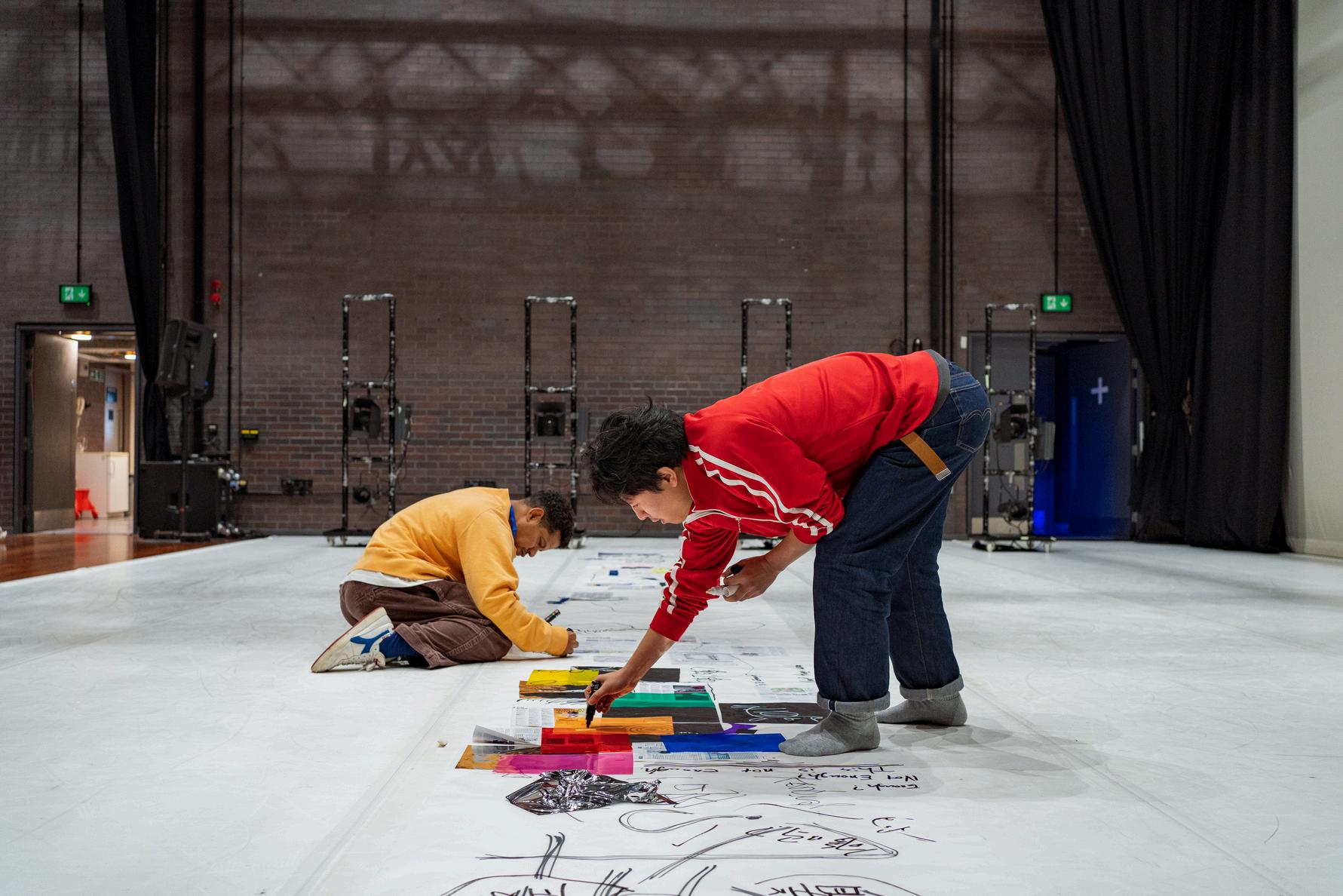



In this edition’s history corner, we got a blast from the Coronet’s history as a cinema
These programme pictures were sent to The Coronet by an antique bookshop owner in Paisley, Scotland, who came across them as a part of a cinema programme donation from that time period
The Coronet originally began incorporating cinema into its offering in 1916, when it offered a mixture of live performances and screenings
In 1923--the year this programme originates from-The Coronet became a cinema full time In 1931 The Coronet was acquired by Gaumont, and the boxes in the auditorium audience were removed
From 1950 to 1977, this iconic building was named The Gaumont until its sale to a local cinema operator allowed to to revert back to its original name



